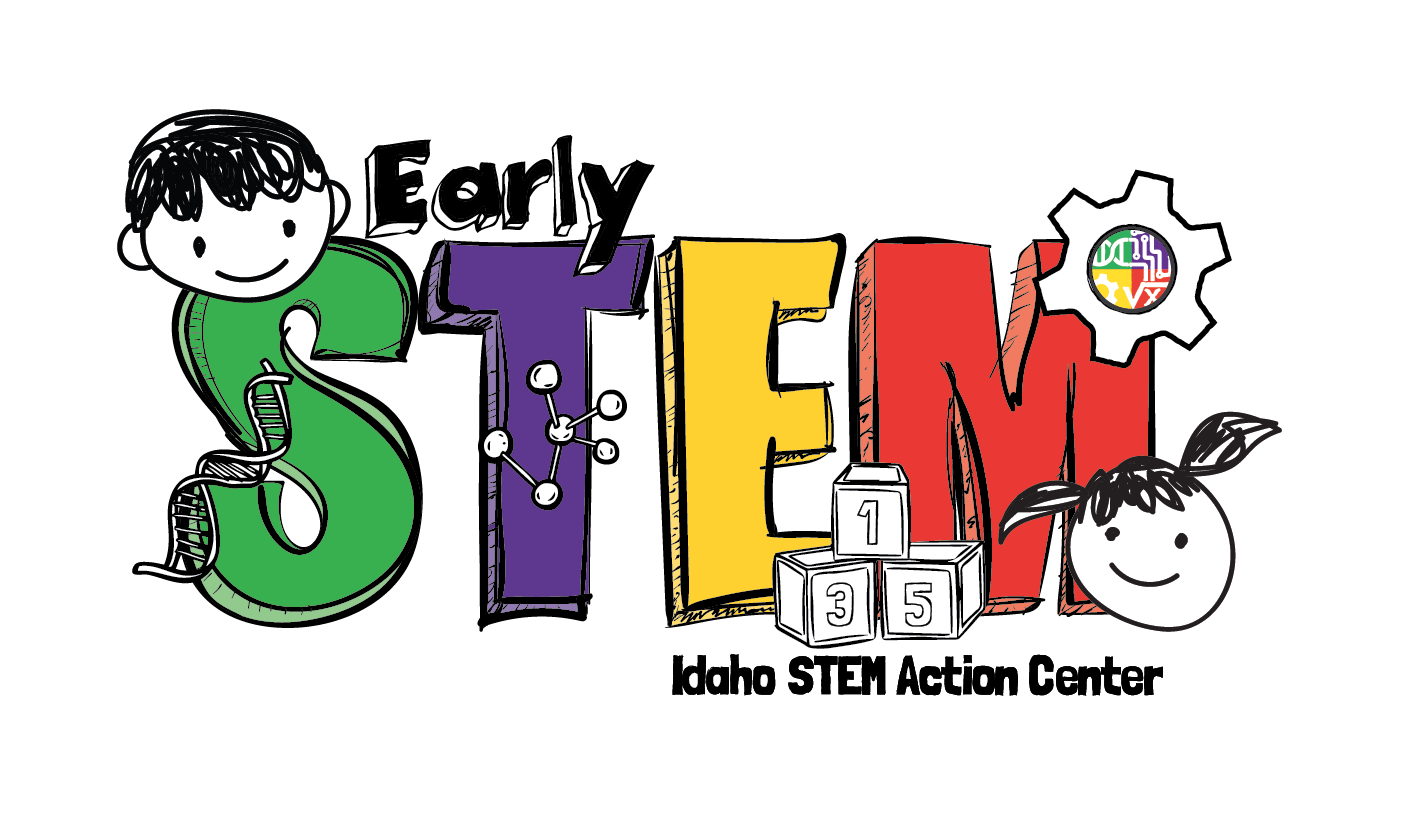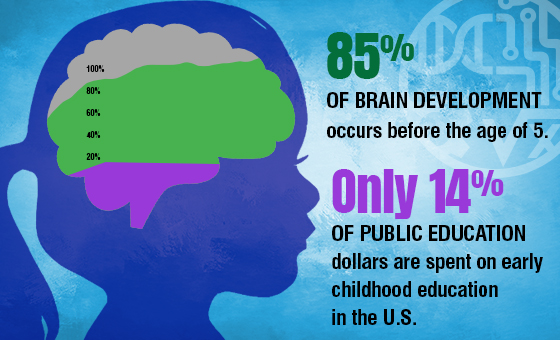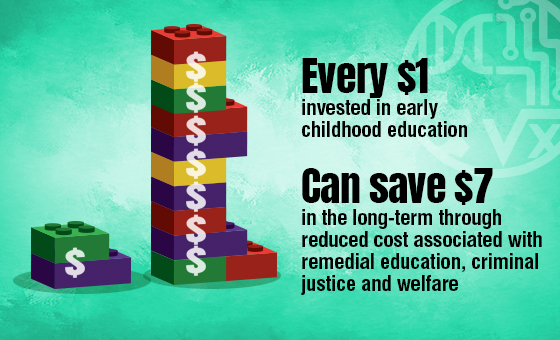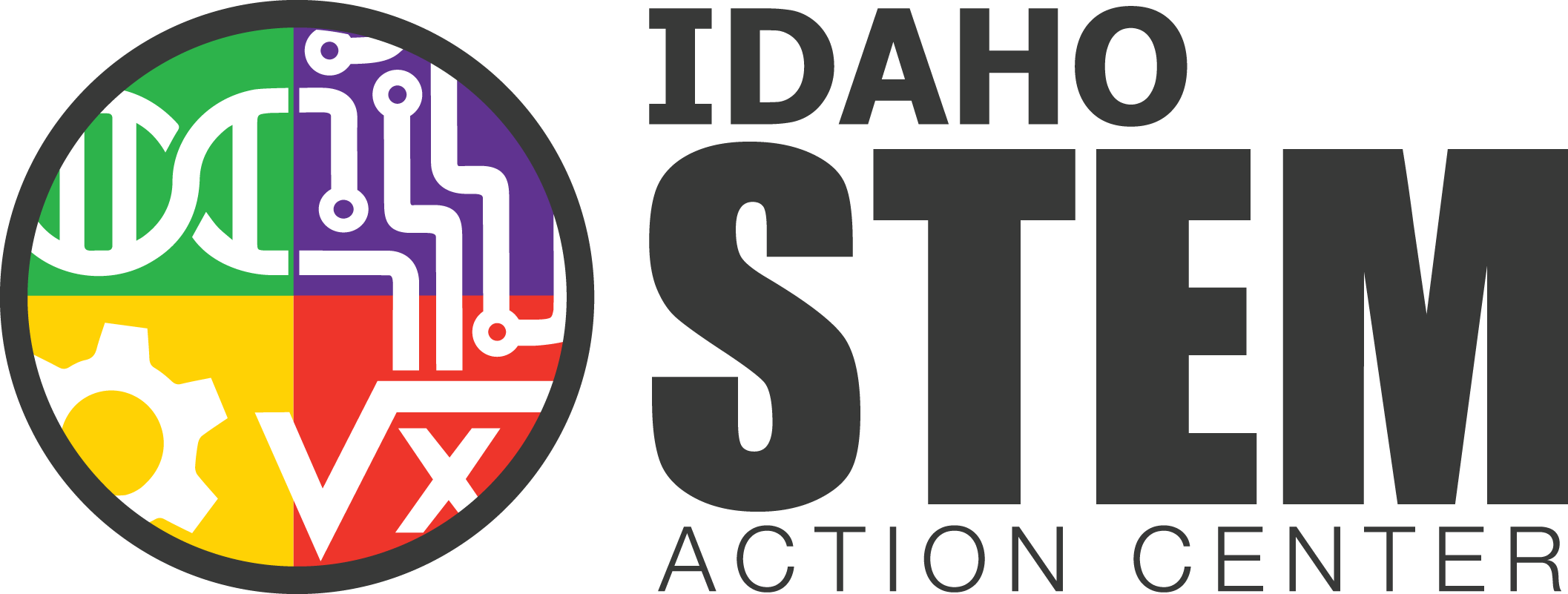
Early STEM
Young children are natural-born scientists, explorers, and engineers. Investment in early-childhood – defined as ages birth to 8 years – STEM education is a workforce-pipeline issue. High-quality early-learning environments provide children with a structure in which to build upon their natural inclination to explore, to build, and to question.
There is a powerful and exciting link between STEM and early childhood. Research has confirmed that the brain is particularly receptive to learning math and logic between the ages of 1 and 4, and that early math skills are the most powerful predictors of later learning.
Learn more about the ways we are supporting early STEM learning in Idaho using the following links to projects and professional development opportunities. You can also explore a variety of resources using the Early STEM Resources button below or by visiting our Resource Portal.

WHY Early STEM is Important

Resource Documents:
- Idaho Early Learning eGuidelines: In the Preschool Classroom
- Caring for Idaho’s Infants and Toddlers: Resources for Parents and Caregivers
- Complete Text of Idaho Early Learning Guidelines
- Developmental Growth Matrix
- STEM Sprouts STEM Teaching Guide, Boston Children’s Museum
- Promising Practices: A State Policymaker’s STEM Playbook (ECS)
- Charting a Course for Success: America’s Strategy for STEM Education
- Early STEM Matters: Providing High-Quality STEM Experiences for All Young Learners
Website Resources:
- A Parent’s Guide to Nature Play
- STEM Education Must Start in Early Childhood, Education Week
- Idaho Infant Toddler Program, Idaho Department of Health and Welfare
- STEM in the Early Years, Early Childhood Research & Practice
- Early STEM Tools and Resources, Child & Nature Network
- STEM Resources, National Association for the Education of Young Children
- Successful STEM Education
- Engaging Children in STEM Education EARLY! Natural Start Alliance, Natural Start Alliance
- What Does STEM Stand for?, Little Bins Little Hands
- 50+ Genius STEM Activities for Kids, The STEM Laboratory
- How to Get Your Kids Interested in STEM (Without Forcing It on Them), Lifehacker
- What is STEM and Why it is so Important to Kids, CodeREV’s Blog
- Explore Activities that Boose Creativity, Creativity Catapult
- Home Experiments, PTA
- STEM Resources, PTA
- STEM Starts Early: Grounding Science, Technology, Engineering and Math Education in Early Childhood

